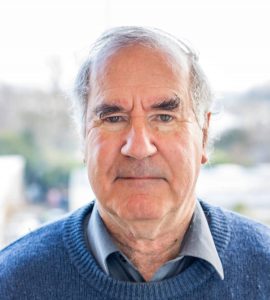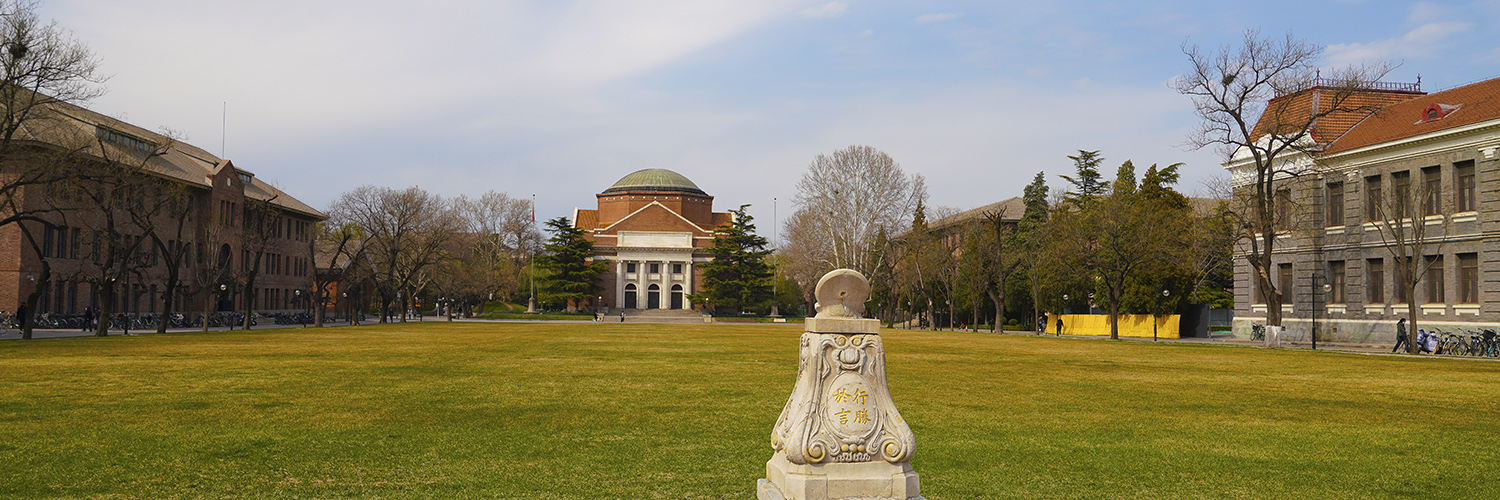清华科史哲讲座第20讲
时间:2019年4月8日(周一)上午10:00—12:00
地点:科学史系系厅(蒙民伟科技大楼南楼212)
主讲人:John Hearnshaw (Emeritus Professor of Astronomy at the University of Canterbury in Christchurch, New Zealand)
讲题:Angelo Secchi and his Contemporaries: The Dawn of Stellar Spectroscopy and Spectral Classification
内容简介:
In this talk I discuss the origins of stellar spectroscopy in the 19th century. The story starts with Joseph Fraunhofer in 1814, who was the first person to describe the line spectra of bright stars. Surprisingly forty years followed before any major studies of stellar spectra were undertaken after Fraunhofer. The study of the solar spectrum by Gustav Kirchhoff and Robert Bunsen was a major impetus to apply the same techniques to stars. In the 1860s as many as seven observers initiated programmes in stellar spectroscopy. By far the most productive observers were Angelo Secchi in Rome and William Huggins in London, who each began their work in this new domain of research in December 1862. Whereas Secchi concentrated on spectral classification, Huggins mainly undertook line identifications to find which elements were present in the stars. However, both observers attempted to measure Doppler shifts in stellar spectra to record radial velocities. Both claimed positive results, but they were critical of each other’s work, and in the end, Secchi admitted defeat. In practice neither astronomer succeeded in this difficult task using visual spectra.
Secchi introduced his well-known stellar spectral classification in the years 1863 to 1868, and it was widely used in the astronomical community for about 50 years. In the end, the much more detailed classification schemes developed at Potsdam by Hermann Carl Vogel and at Harvard by Edward Pickering and his co-workers (especially Williamina Fleming and Annie Cannon), and for many more stars than observed by Secchi, resulted in the demise of Secchi’s classification scheme.
Secchi died young at the age of 59, leaving Huggins as the undisputed leader in stellar spectroscopy for the next two decades. During this time Huggins perfected the techniques of photographic stellar spectroscopy. These techniques were taken up at Potsdam by Vogel and at Harvard by Pickering, and they allowed reliable Doppler shift measurements to be made and hundreds of thousands of spectral classifications to be undertaken.

演讲人简介:
John Hearnshaw is Emeritus Professor of Astronomy at the University of Canterbury in Christchurch, New Zealand. He was President of the International Astronomical Union’s Division C for Astronomy Education, Outreach and Heritage from 2015 to 2018. In 2018 he was appointed IAU Vice-President serving on the Executive Committee. His research interests have been in high resolution stellar spectroscopy, variable and binary stars and the history of astrophysics. From 2003 to 2012 he chaired the IAU Program Group for the World-wide Development of Astronomy. He currently is active in dark skies protection and the promotion of astro-tourism.
欢迎大家转发!欢迎参加!


